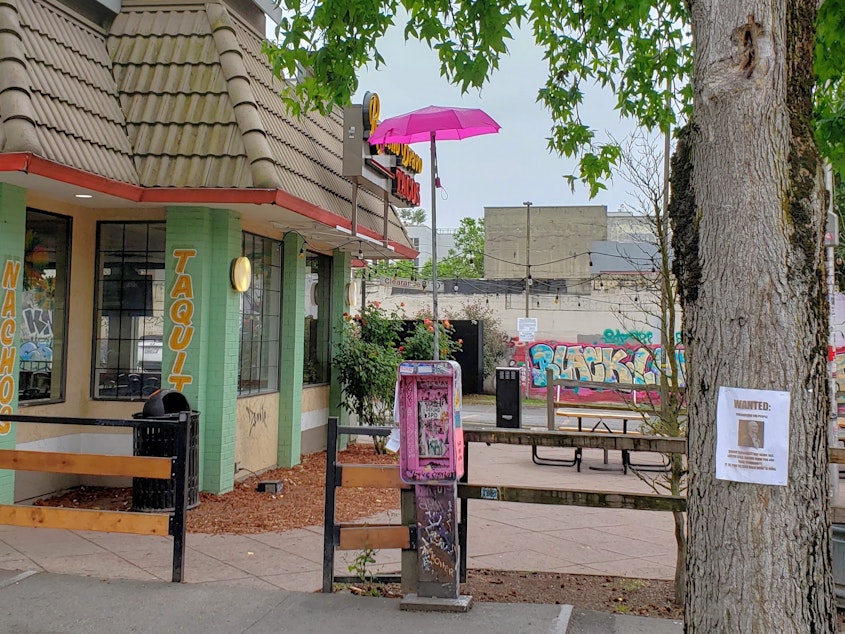The end of the CHOP as we knew it

The autonomous protest zone is no more. But what might crisis care look like without police? And a look at how you’re experiencing Phase 2.
Individual segments are available in our podcast stream or at www.kuow.org/record.
Casey Martin, live from the end of the CHOP
This morning, the Seattle Police Department cleared out the Capital Hill Occupied Protest zone. KUOW’s Casey Martin has been there from the start, and he called to speak with us from the end.
Seattle's Mobile Crisis Team
What do you do when you see someone in acute distress on the street? The answer is often “call 911.” But there are other options, too. Brianna Niemi is a clinical social worker and project manager of the Mobile Crisis Team.
Are you in Phase 2, or in your house?
Restaurants and stores are open to customers; doctors and dentists are seeing patients. But just because you CAN go out doesn’t mean you want to. If you are leaving the house, how are you behaving when you do? KUOW’s Dyer Oxley joined Ross Reynolds to discuss.

